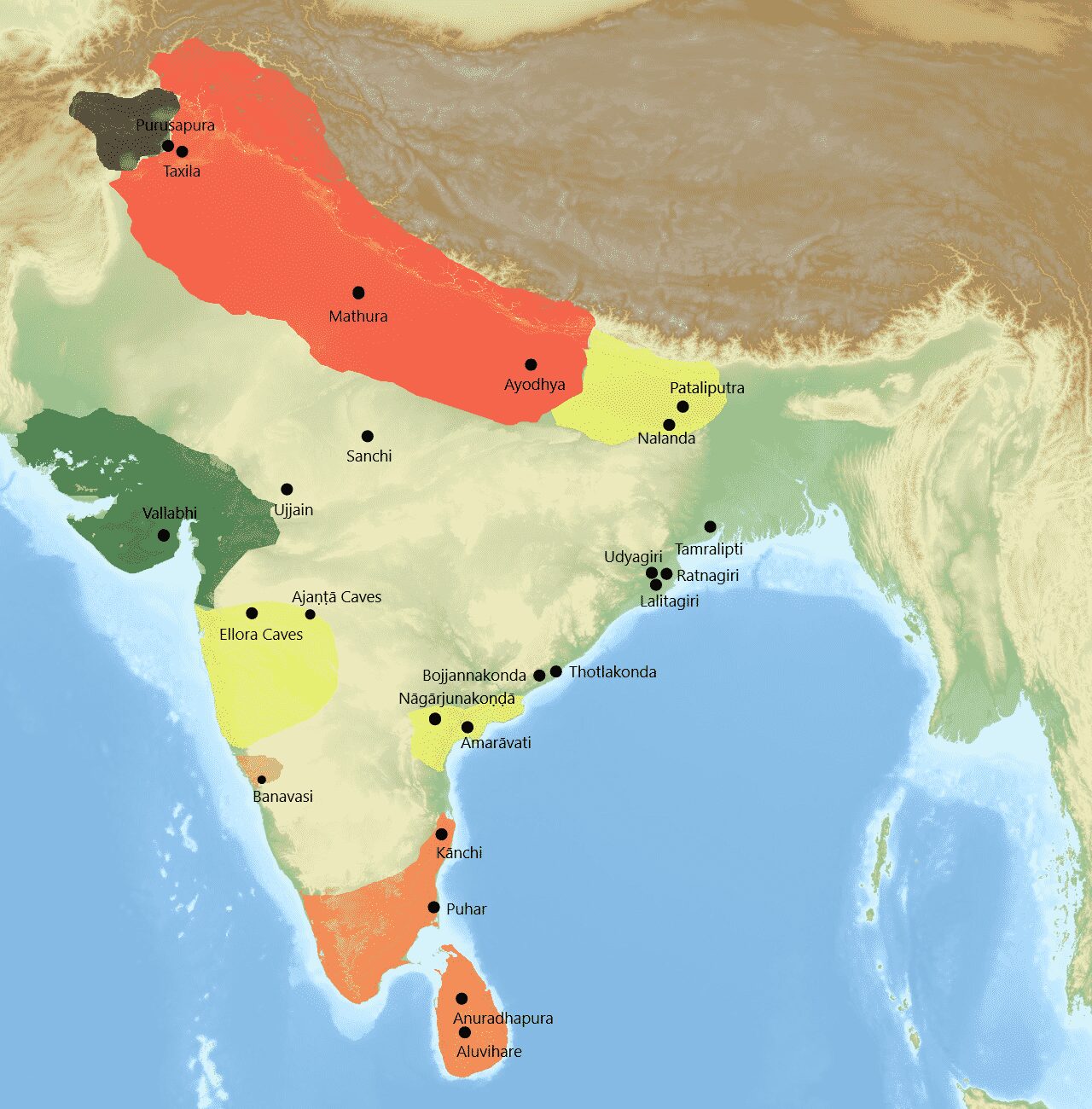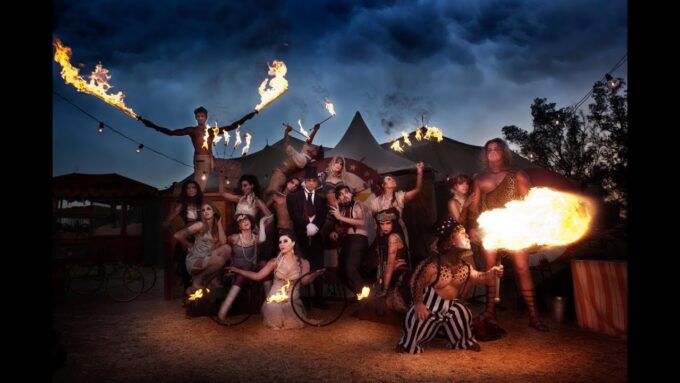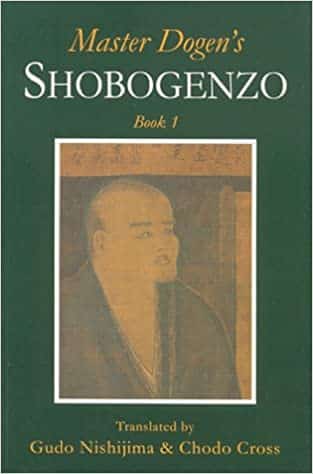The Case
Joshu went to a hermit’s cottage and asked, “Is the master in? Is the master in?”
The hermit raised his fist.
Joshu said, “The water is too shallow to anchor here,” and he went away.
Coming to another hermit’s cottage, he asked again, “Is the master in? Is the master in?”
This hermit, too, raised his fist.
Joshu said, “Free to give, free to take, free to kill, free to save,” and he made a deep bow.
Mumon’s Comment
Both raised their fists; why was the one accepted and the other rejected? Tell me, what is the difficulty here?
If you can give a turning word to clarify this problem, you will realize that Joshu’s tongue has no bone in it, now helping others up, now knocking them down, with perfect freedom.
However, I must remind you: the two hermits could also see through Joshu.
If you say there is anything to choose between the two hermits, you have no eye of realization.
If you say there is no choice between the two, you have no eye of realization.
Mumon’s Verse
The eye like a shooting star,
The spirit like a lighting;
A death-dealing blade,
A life-giving sword.
This is another case involving Joshu, the other one being Case 1, Joshu’s Mu. Here we meet him during his years of sojourning to various places to sharpen his understanding of Chan/Zen. As a disciple of Nanquan, Joshu was a major figure in the famously irreverent and antinomian Hongzhou lineage, stream initiated by Mazu.
The old tradition is that Zen monks leave home early, enter a monastery and, after becoming regular monks, they undergo training for ten years and upwards. When this is completed and they have attained a certain degree of enlightenment, they leave the monastery and usually settle down in some temple, living more or less alone, or gathering disciples according to their temperament, ability, and reputation. These are the kind of monks Joshu visited, monks who lived in small hermitages in some isolated place.
The general interpretation is that there were two monks involved in the story, but some mention that there is only one hermit that Joshu visited twice, at two different occasions. They claimed that call them “two” is a mistake because it’s just “one hermit” asked the same question “twice”, which makes the impression that they are two different monks.
The Chinese character can mean either the same monk is asked ‚again’ the question, or that ‚another’ monk faced the identical inquiry.
There is no clear evidence to support that in the text, though, in fact, it really doesn’t matter if we view it that way or not. If we accept the fact that the same hermit is visited twice, and first time is given the dismissive response, and the respectful response on the second visit, still means that there is some difference in quality between the „two” hermits, and we can simply acknowledge the fact that Joshu gave two different responses to the same greeting with no discernible reason. And why is that?
We can think that maybe it was the gesture, the body language, or the facial expression that made Joshu act the way he did. Perhaps the first monk was still in doubt when he raised the fist and the second monk was more assured. This would be the wrong approach to understanding this case because Mumon basically said that both hermits responded ”the same way”. So, where is the key? What is the difference? Of course, we cannot use logic, because it will get us nowhere. If we think that one is better than the other, or we think that they are equal, we are at the beginning of a dead end road.
This koan may suggest a pattern in which to an identical response to a query is given an opposite evaluation – one hermit has wisdom and the other has not – highlighting the idea that perception can be seen to encompass the relativism of a wrong side contrasted with a correct side, depending on timing and circumstances. This may lead to the idea that there is always a misperception or element of delusion embedded in all acts of perception.
Another way of understanding, almost an opposite, is that any and every moment of perception contains always a correct side, thus suggesting that there is an ultimate sense of oneness or non-discrimination beyond polarity, rooted in the doctrine of non-substantiality, where seemingly everlasting mountains are just as impermanent and without self as the flowing waters, as in the traditional approach that equalizes form and emptiness, as being the part and the whole.
There is actually no logical reason why Joshu rejects one hermit and accepts the other, except that that’s his reaction to the given circumstances at the given moment. In the first encounter, he decides that raising the fist was not a sign of the hermit being a master. In the second encounter, he decides that the gesture is exactly the opposite: the hermit is a master. Joshu’s responses are a Zen Master’s response, he, in fact, is manifesting the Great Function performed by his awakened Self-nature, who can tell the difference between an Authentic Great Function and an Imitation Great Function
While other masters slap, or cut off fingers, or break students’ legs, or shout violently, Joshu simply speaks mild-mannered words that shake logical perception to its core. If we seek to attach meaning to his words instead of viewing them as the expression of perfect freedom, we miss the opportunity to raise our fists and be called masters.
No conceptual interpretation of this case is possible. Just when one awakens to the Buddha Mind will clearly discern the difference between cheap imitation and Mind.
– Is the master in?
case source: sacred-texts
photo credit : associazionecombo




